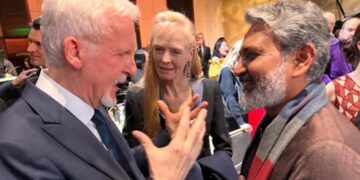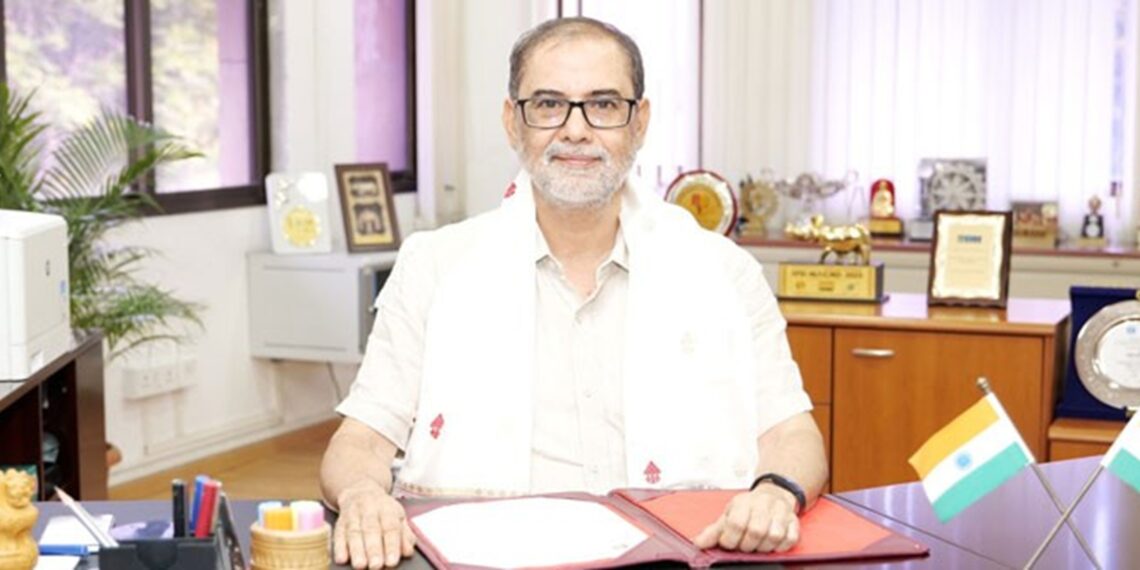Guwahati: The semiconductor, education, and infrastructure sectors in Northeast India have experienced substantial growth and transformation since 2014, according to IIT Guwahati Director Prof. Devendra Jalihal.
Reflecting on 11 years of the Modi government, Prof. Jalihal emphasised how policy reforms have bolstered research, manufacturing, and self-reliance, particularly in defense and technology.
Prof. Jalihal highlighted the significant impact of the production-linked incentive (PLI) scheme on India’s semiconductor sector.
He stated that the initiative began with electronic assembly and has evolved into a comprehensive design and manufacturing framework under the Design-Linked Incentive (DLI) scheme.
“The policy provides clear direction and financial support for the semiconductor industry. It has catalyzed the growth of the OSAT (Outsourced Semiconductor Assembly and Test) industry and semiconductor fabs, which will generate skilled jobs and spark a semiconductor revolution in India,” he noted.
Prof. Jalihal underscored the government’s commitment to infrastructure development in the Northeast, describing it as “transformational.”
Investments in railways, roads, air connectivity, and waterways have significantly improved the region’s accessibility and economic prospects.
“This infrastructure push has created employment opportunities for local youth and curbed large-scale migration from the region,” he added.
Addressing advancements in defense, Prof. Jalihal highlighted India’s shift from being a major importer of armaments to potentially becoming an exporter.
He credited this transformation to strategic initiatives in research and manufacturing within the defense sector.
“India’s defense manufacturing capabilities have grown remarkably, setting the stage for self-reliance and global competitiveness,” he said.
The Director also praised the New Education Policy (NEP) for introducing flexibility and innovation in higher education.
ALSO READ: Are US and Bangladesh exploring avenues to quickly sign two critical defence agreements?
He described the policy as a “game-changer” for students.
“The NEP allows students to pursue dual degrees, opt for lateral entry or multiple exits, and take advantage of credit banking and transfer systems. It paves the way for a highly skilled workforce in India,” he explained.
Prof. Jalihal concluded by emphasizing the transformative impact of these reforms across sectors, attributing them to a clear vision and focused policies implemented since 2014.















